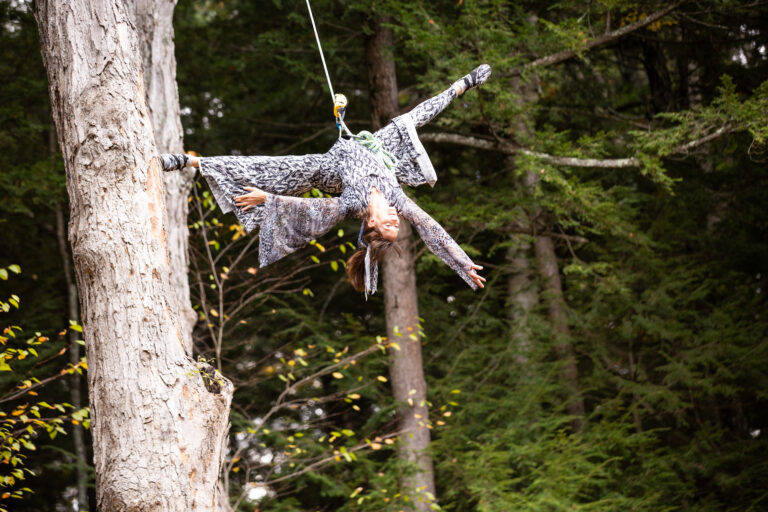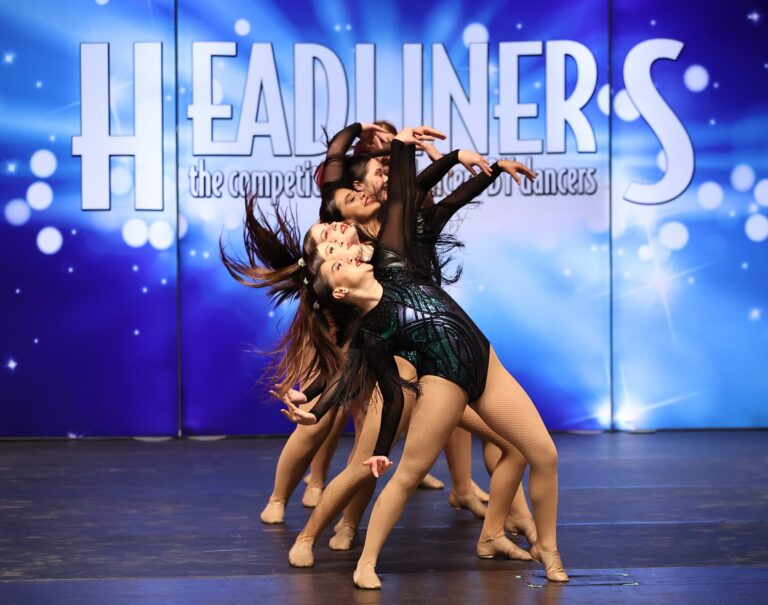
Chicago-based “taptivist” Bril Barrett counts himself among the many tap educators who grew up learning the same story: Tap dance is a combination of Irish and African dancing.
“If Master Juba is the first known tap dancer, how did the Irish create tap? That logic doesn’t play,” he says. “The real story is way more nuanced.”
Many tap teachers want to provide a fuller and more accurate explanation of tap history to their students, especially with renewed national attention on supporting Black arts and culture.
Teaching tap history can also bring the art form alive in new ways for students, teach them about important people and events in American history and make them appreciate the larger context of what they’re learning.
But with limited class time and access to resources, teaching tap’s lineage can feel like an additional burden rather than a regular part of a lesson plan. It doesn’t have to be, though: Here’s how to make teaching history as natural as teaching shuffles.
Start with yourself
Beginning with your own context and reflecting on what you’re already doing is an easy way to get started. “Tap dance history is an oral tradition, and every tap teacher has their own oral history,” says choreographer, teacher and TED Fellow Andrew Nemr. He recommends that tap educators begin by thinking about the material that their own teachers taught them. For example, if you use rudiment exercises inspired by Steve Condos or an Al Gilbert warm-up series, you can share both the material and its source with your students.
When you share that information with students, they can begin to determine their own context and understand the value of teachers’ traditions. “When a kid takes another teacher’s workshop, they’ll know where they’re coming from,” Nemr says. “They’ll understand the importance of tracking one’s teachers.”
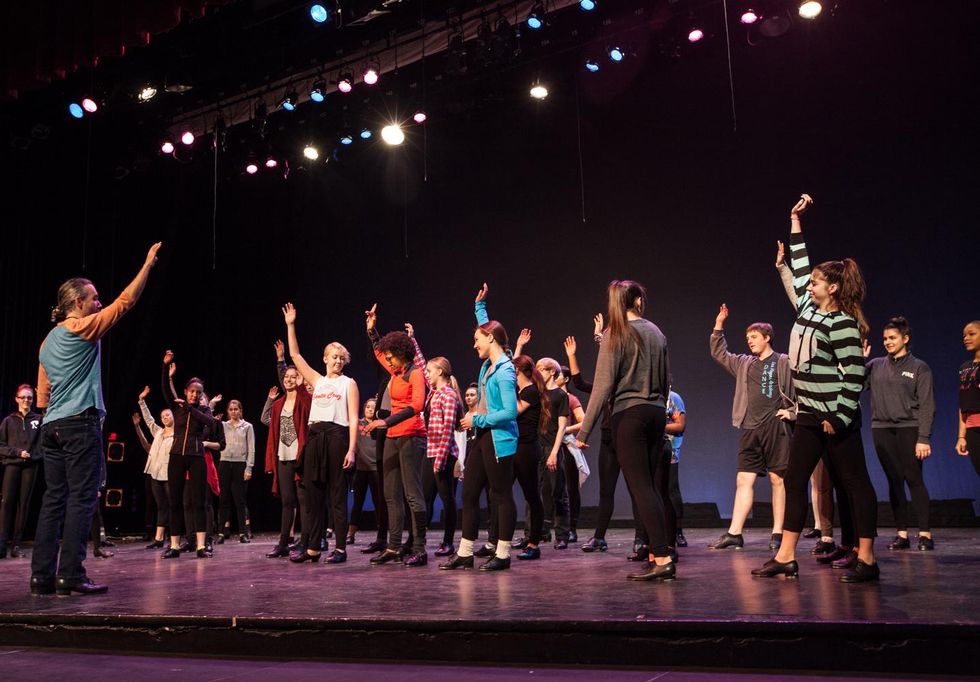
Make it visual
Even when Thelma Goldberg couldn’t invite a master tap teacher to The Dance Inn, the studio she founded in 1983 in Lexington, Massachusetts, she found a way to bring them into her classroom: including their picture in a bulletin board of famous tap dancers.
“Children are visual learners,” says Goldberg. “If we say the dancer’s name, and a student looks at their picture and sees their name, the more possibility we have of reaching that student and getting them excited.”
Eventually, she created a tap history timeline poster, one of many products under the Thelma’s Tap Notes brand that she designs for fellow tap educators. It hangs in her classroom, allowing her to instantly reference a notable era or individual while teaching.

Thelma Goldberg’s tap history timeline. Photo by Ally Mitchinson, courtesy Goldberg
“It’s more likely you’re going to mention that person if they’re right there,” she says.
Undertaking this kind of project may seem daunting during a dance season unlike any other, but the pandemic has provided a unique context in which to talk about tap history.
“Whether we’re teaching a full class on Zoom or in a hybrid model, many of us now have screens in our classrooms,” Goldberg says. “It’s easy to share a three-minute clip of someone dancing.”
Make connections
A single song, step or routine can inspire you to share basic tap history facts, according to Goldberg. Before you teach a particular lesson or select a piece of music, think about how you can connect it to a historical figure, time period or movement idea.
The Shim Sham might prompt a conversation about the vaudeville circuit, for example, and the BS Chorus could spark a discussion on the Copasetics and their role in tap’s revival in the 1970s and ’80s. When teaching a combination to a swinging Ella Fitzgerald tune you might mention the Harlem Renaissance, just as you might dance to “Cheek to Cheek” and talk about Fred Astaire and the era of Hollywood movie musicals.
When Goldberg teaches a waltz clog to younger dancers, she mentions the influence of the Lancashire Clog and other northern European percussive styles, acknowledging the various cultures that contributed to tap without oversimplifying its history. “You don’t have to know everything in order to start sharing bits of useful information,” she says. “Many students will engage in further inquiry on their own.”
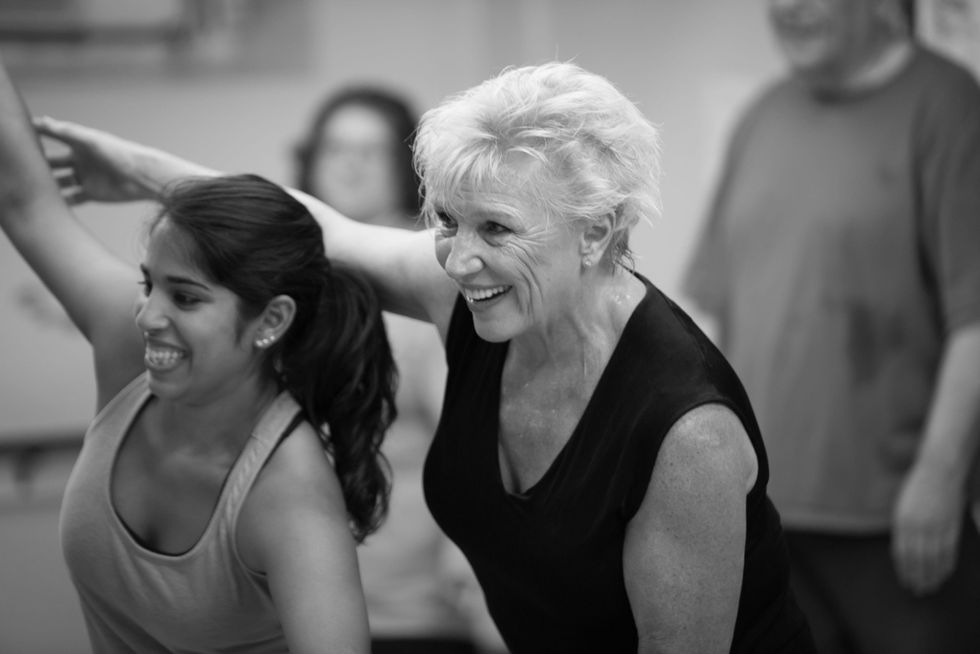
Don’t avoid difficult topics
Because the history of the art form is inextricable from America’s treatment of Black people, Barrett emphasizes that teachers have to find ways to talk about racism and discrimination.
“Tap dancing has had no choice but to be political since day one,” he says. “Tap dancers were fighting for human rights while also trying to entertain.”
One starting point, for teachers who use video clips in the classroom, is to explain the history of footage.
“When Hollywood finally put Black people in movies, southern states didn’t want to see Black people on their screens, so tap was put in scenes that could be easily taken out of a film,” Barrett says. “Once people started getting hold of those scenes, they became what we now know as footage. If you’re going to show footage, you should say how it came about.”
Teachers seeking more specific strategies for tackling racism in the tap classroom could check out Karida Griffith‘s Roots, Rhythm, Race & Dance program, currently offered online.
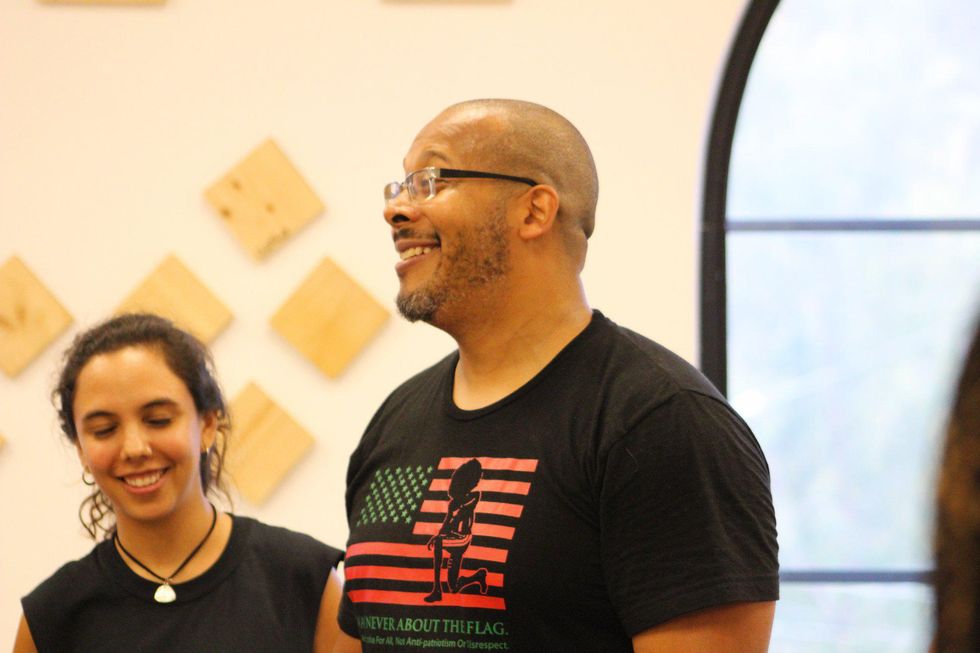
Let students lead the way
Teachers of very young students may wonder how to approach these ugly aspects of tap’s history in their classes. Nemr recommends sharing information with students and letting their questions drive the discussion. For example, as you introduce famous tap dancers to your students, they may want to know more about the time period in which those dancers lived, or why those individuals aren’t more famous. If you show a clip of a tap dancer performing in blackface, students may want help making sense of why that happened.
Goldberg also recommends children’s books about people such as Bill “Bojangles” Robinson and Peg Leg Bates, which can introduce young dancers to challenging themes in an age-appropriate way.
Ultimately, tap history lessons will remind students that their dance training teaches them more than just steps and counts. “It’s not just that tap history is important,” Nemr says. “The way we understand the contributors and the context they were in affects the dancing that we do.”
“Teaching tap history is a lifelong process, just like teaching shuffles or improvisation,” says Goldberg. “I may not do it every week, but I make sure it’s embedded into my curriculum.”

